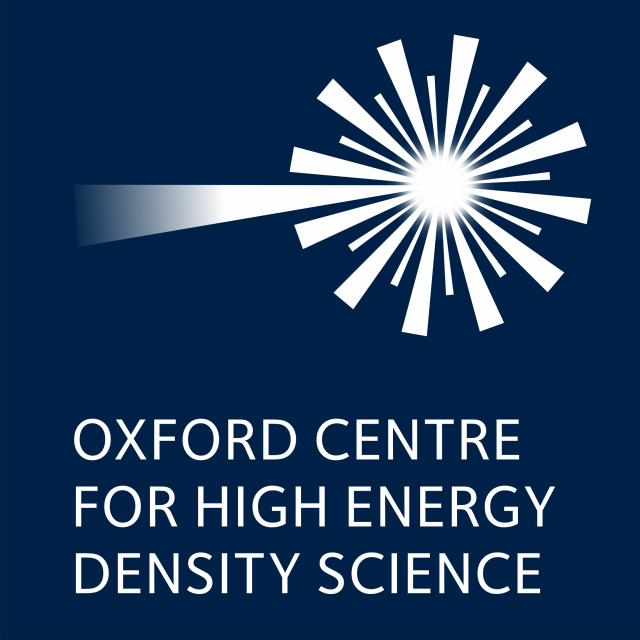 The Institute of Physics’ annual Culham Thesis Prize has been awarded to Dr Thomas Gawne for research he carried out as member of the Oxford Centre for High Energy Density Science (OxCHEDS).
The Institute of Physics’ annual Culham Thesis Prize has been awarded to Dr Thomas Gawne for research he carried out as member of the Oxford Centre for High Energy Density Science (OxCHEDS).
The Culham Thesis Prize recognises outstanding doctoral research in the field of plasma physics. Winning theses exhibit clarity, strong subject knowledge, and clear originality driven by the author.
Tom’s thesis, entitled Understanding the localisation of states in dense plasma via first-principles quantum electronic structure calculations, scrutinises the ‘bound-or-free’ assumptions used in current ionisation potential depression (IPD) models using finite-temperature density-functional-theory (FT-DFT) calculations and spectroscopic measurements from high-energy-density plasmas. He shows that conventional IPD models fail to explain electronic state relocalisation observed in hot dense Mg plasmas, and demonstrates how this behaviour can be understood by consideration of a suitably defined relocalisation metric.
"I am honoured to win the Culham Thesis Prize.” says Tom. “I would like to thank my supervisors – Prof. Sam Vinko and Prof. Justin Wark – as well as the wider OxCHEDS community for their support and discussions on the work that went into my thesis. I am hopeful that the renewed interest in ionization potential depression and related concepts will lead to improvements in plasma modelling and experimental analysis."
Professor Sam Vinko comments: “I am delighted that Tom is being recognised with the Culham Thesis Prize for his excellent work on understanding the physics of state localisation in dense plasmas. The problem he tackles in his thesis is a fundamental one: how should one think of ionisation and continuum lowering in a dense plasma? He addresses this by developing a theoretical approach to measuring the "boundness” of states in plasmas, moving beyond the bound/free paradigm most commonly employed. Importantly, this allowed him to connect simple analytic models of continuum lowering with more detailed quantum electronic structure theory, placing our ability to interpret recent experimental results on a more secure theoretical footing.”
Tom now works at the Centre for Advanced Systems Understanding (CASUS) at the Helmholtz-Zentrum Dresden-Rossendorf (HZDR) in Germany.

